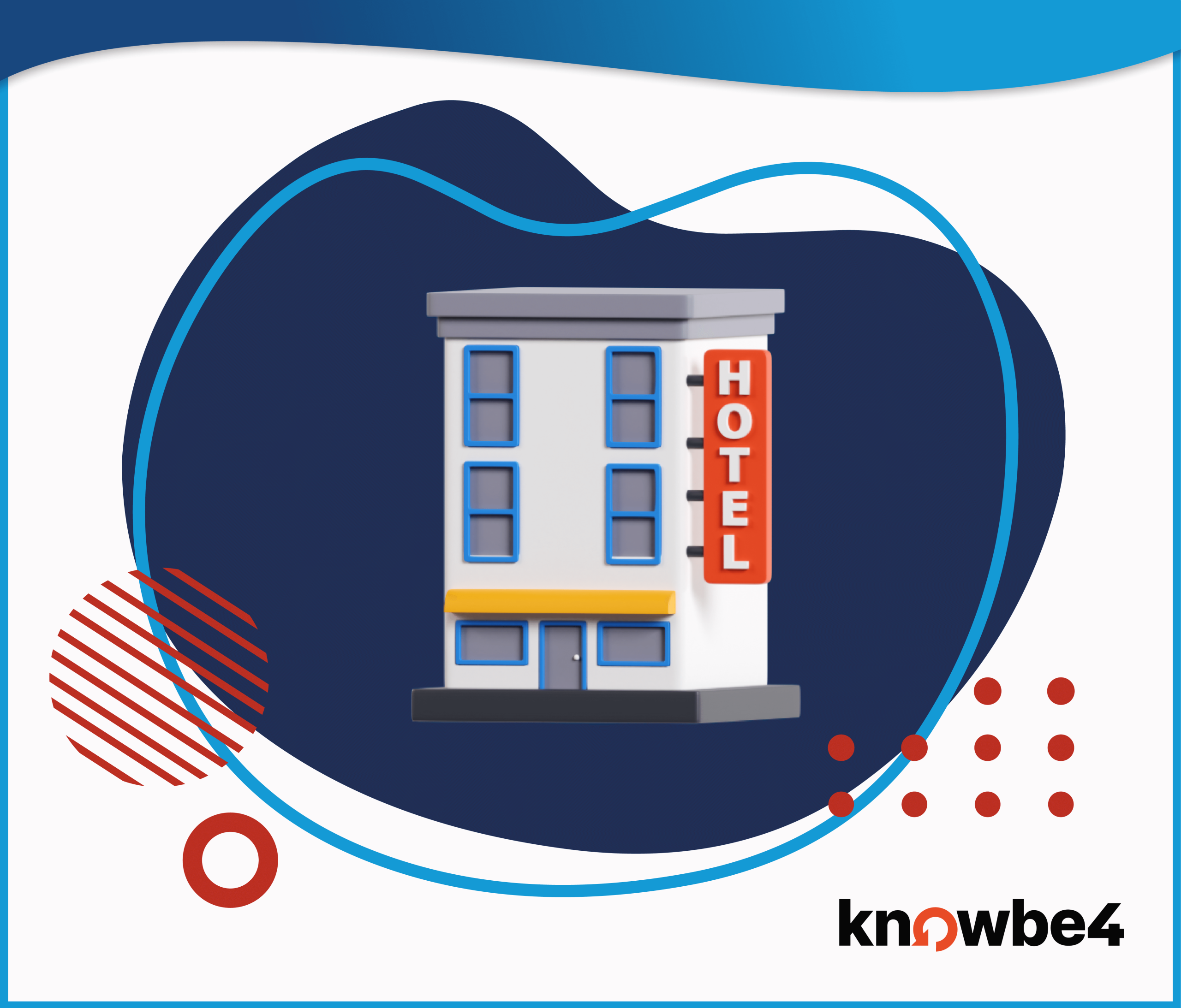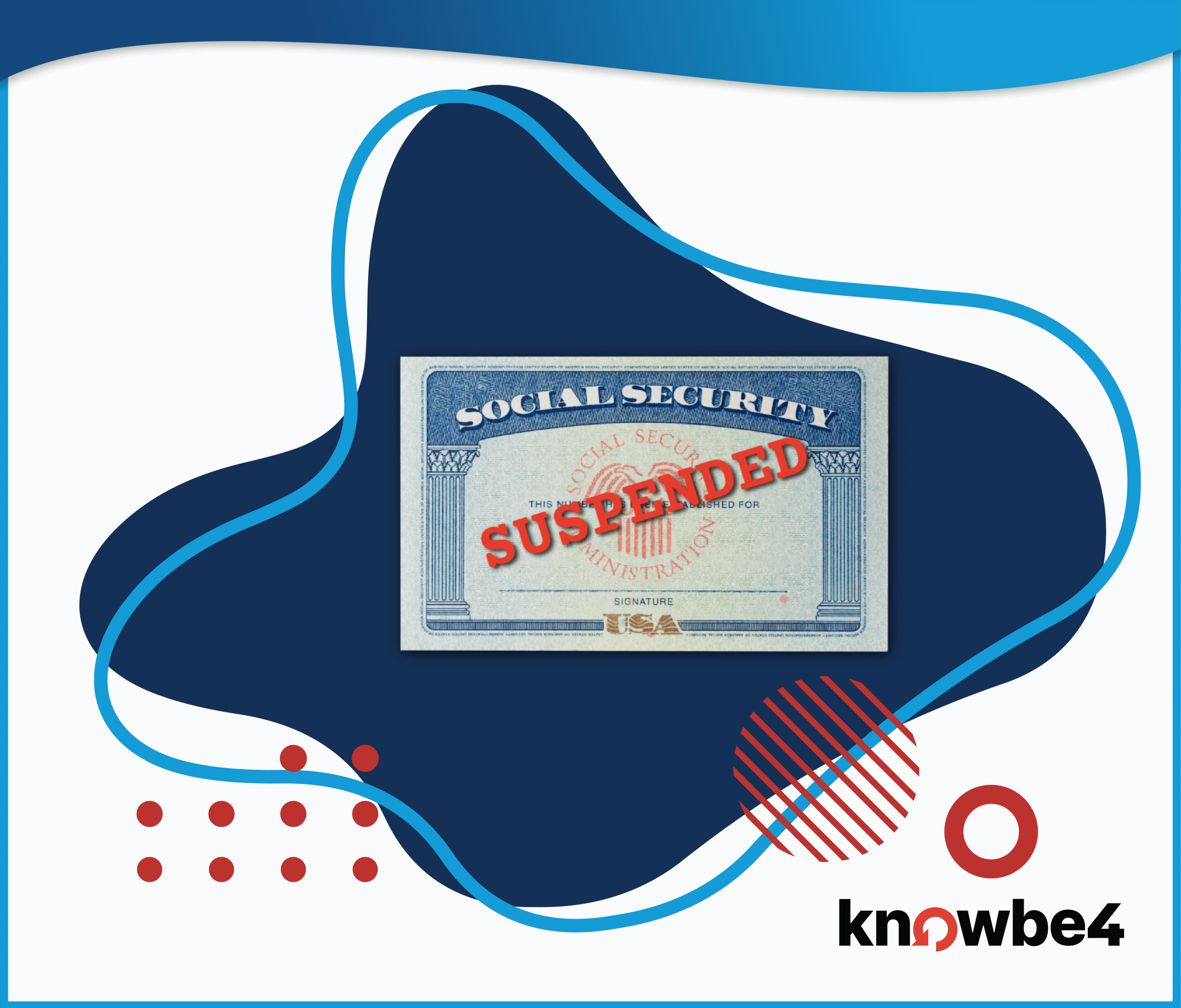Just like runners face risks with work-out shoes, businesses using outdated applications risk security and growth.
There are countless approaches to training and fueling for
long distance runs, but one thing all running enthusiasts will agree on is the importance of good running shoes. Having the proper shoes provides stability, reduces the risk of injuries, can improve
performance, and increase longevity of your running career. Many runners I know are fiercely loyal to a brand and style of running shoes. Once I’ve put enough wear and tear on my running shoes, I go back to the store and buy the newest version of my favorite brand and style because that’s what has served me so well in the past. It feels comfortable and I know how it will fit.

Recently, I have observed some parallels between running shoes and business’s software applications. Applications provide stability, mitigate risk, and improve performance and efficiency for businesses, too. Over the last decade I have also seen a similar trend in loyalty to custom applications. I’ve had multiple customers who have approached me about a tried-and-true custom application that they have been using for 10, 20, or even 30 years, and they love these applications. They don’t really want to move away from them because the software works so well with their current processes. They know where these applications have limits and they have created work arounds that serve their needs. However, they have also realized that the age and technical stack of these applications may be limiting the technological enhancements they could implement in their processes or offer to their customers.
If a runner refuses to replace their beloved, perfectly broken in running shoes, they risk injury, instability, and possibly decreased performance. The same can be true of legacy applications. Using older, outdated applications can put your organization at risk with regards to security, stability, and may be limiting your growth potential. Runners typically proceed with caution as they adjust to new running shoes as each new version is a bit unique and breaking them in is a process that can cause blisters and other complications, if not done with patience. The same is true when moving to new software applications as there will be some pain points and patience is key to working through the change curve. However, the benefits of the investment and patiently working through the transition are typically well worth it in the end.
I have had the opportunity to participate in several projects in the last 5 years that have involved assisting clients in transitioning from a beloved software application to a new one and these projects are near and dear to my heart. Firstly, it’s very refreshing to hear about how much users like a system and how well it has served them. While we do plenty of projects where we are starting with a clean slate because the customer is ready to say good riddance to a legacy system, those projects have a separate approach and benefits but that’s a conversation for another day. Secondly, I was able to ease clients worries about moving forward as we used the legacy application as a guide in some key areas to designing the new application. Lastly, seeing the finished product roll out smoothly and meet the customers’ expectations means we have made a positive impact which always feels good.
If you have a custom application that needs to be replaced, first consider if an off the shelf application is available and would meet your needs. Many times, off the shelf can be more cost effective than a custom application but there are a lot of considerations when making the decision to go custom or off the shelf. Each company has different circumstances and considerations, so it’s not as black and white as many people may think. This article from Penn State, “Developing Your Business: Custom Versus Out of the Box Software – Social Trends (psu.edu)” contains more information about the pros and cons of custom applications vs off the shelf packaged software. Keller Schroeder’s Application Solutions Group can assist with the search and assessment of off the shelf applications if you need assistance with weighing your options.
“If you have a custom application that needs to be replaced, first consider if an off the shelf application is available and would meet your needs. “
Assuming you determine a new custom application is the right way to go then we would assess what features you find essential in the legacy application, what processes need to remain consistent with the current state, and what aspects you would like to preserve, if possible, in the legacy application. Based on our findings here are some possible approaches where the current application can be the foundation for the new design.
Data – depending on the age, state, and technical stack of your legacy application it may be possible to make minimal changes to the back-end data store. We have had instances where we only needed to upgrade the database to the most recent version, or we could set up the new database to mirror the older one. This is not always a possibility but when it is this can minimize efforts to migrate data or the need to leave older data behind. In one instance because the legacy system and the new system were able to utilize the same database, we were able to deploy the application slowly one section at a time to pilot groups instead of having a large all or nothing go-live. This eased anxiety and minimized disruption to the business.
User Interface – In several cases we have designed new screens to closely resemble existing forms, to provide users some familiarity of labels, layout, and usability. The age and technical stack of your legacy system as well as your use cases for your new system will determine if this is possible or not, but we have been successful in creating responsive web pages that have a very similar look and feel to older applications when it makes sense to do so. When it is possible to make screens look similar, it feels like a familiar fit for users in the new applications and the training and learning curve can be minimized.
Business processes – Custom applications allow you, the owner of the application, to define the requirements and design the application to work with your defined business processes. We have had customers determined that their business processes are their “secret sauce” and give them a competitive advantage over their industry peers. If the legacy system is supporting solid, efficient business processes and are not causing work arounds or inefficiencies, then we suggest not fixing something that isn’t broken. We have been able to analyze the code base of existing applications and then use that as our blueprint/requirements for building the new system. We want to ensure we allow for future enhancements and scalability but many times not everything has to be re-engineered. Again, this can lead to less change for users and can lead to better end results as requirements are pulled from existing code and in some instances parallel testing is possible which helps flush out issues prior to go-live.
All of my examples and points above were from custom applications that were over 10 years old, so the new application was a complete rewrite. I don’t want to minimize the impact of that commitment. These were major investment projects, and they typically span a year or more and require a team of people to be completed successfully. There is a lot of thought, research, strategy, and decisions that go into the final product. The key to mitigating these risks and having the best chances at successful completion within budget is by working with a partner who has a rich history of successfully understanding, designing, developing, implementing, and supporting custom applications. Keller Schroeder’s Application Solutions Group was originally formed for this purpose over 45 years ago and while custom applications are no longer the sole focus of this business area, they still are an integral portion of our business and our future.
Sometimes it’s easy to milk those running shoes for every mile to maximize your investment and put off the potential discomfort of the transition period to new shoes, but when it’s time, it’s time. The key point is that if you love the software, you are using today, don’t feel like you have to start over and give up all the things you love about it. We have found there are ways to use what you love as the foundation of your new solution and this approach can make the transition easier for your users and business partners, less impactful to your existing business processes, all while still mitigating risk and providing your organization with key elements for longevity and success. The new application can be seen as the latest version of running shoe from your proven and beloved style and brand that will serve you well in the miles to come.





